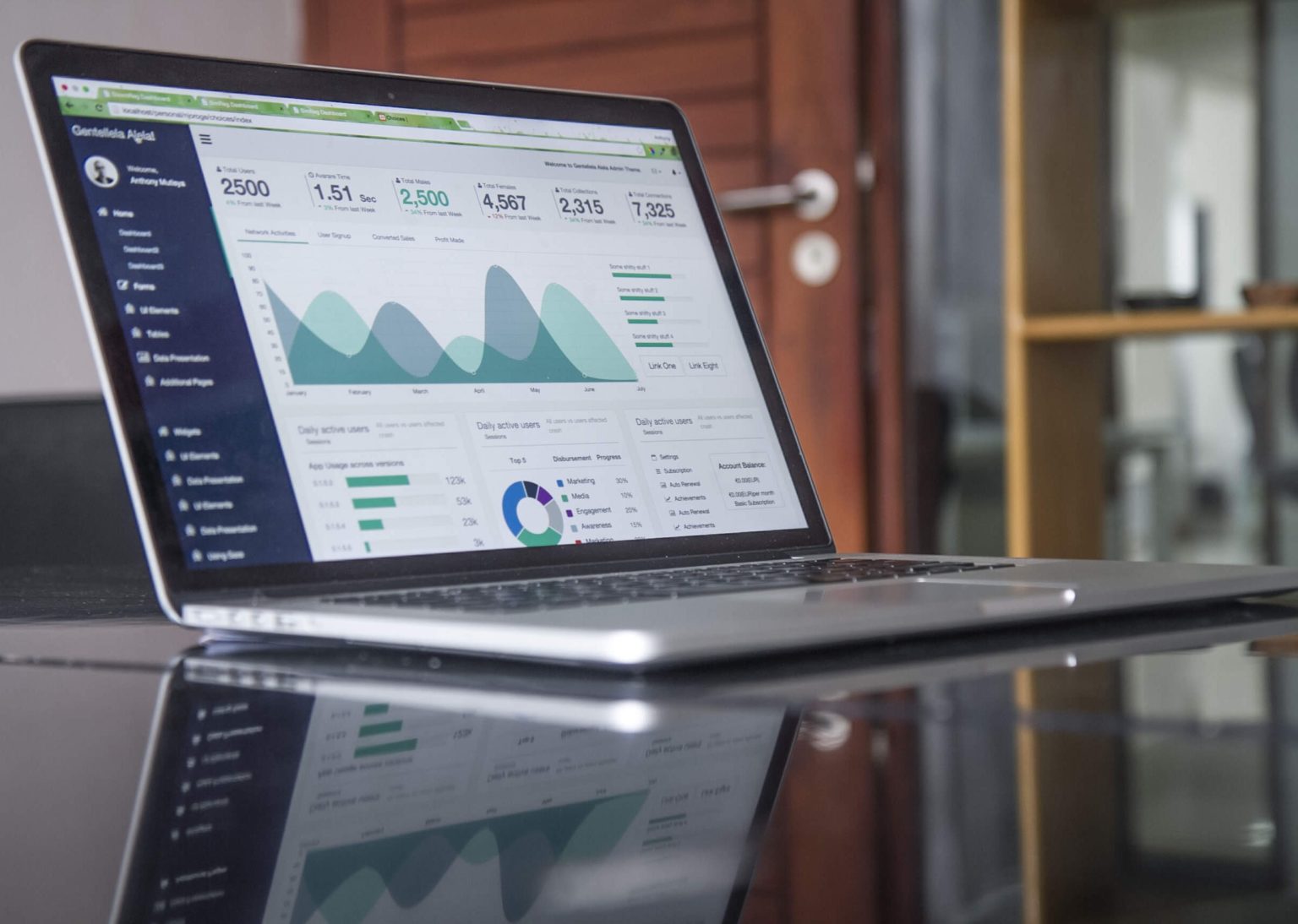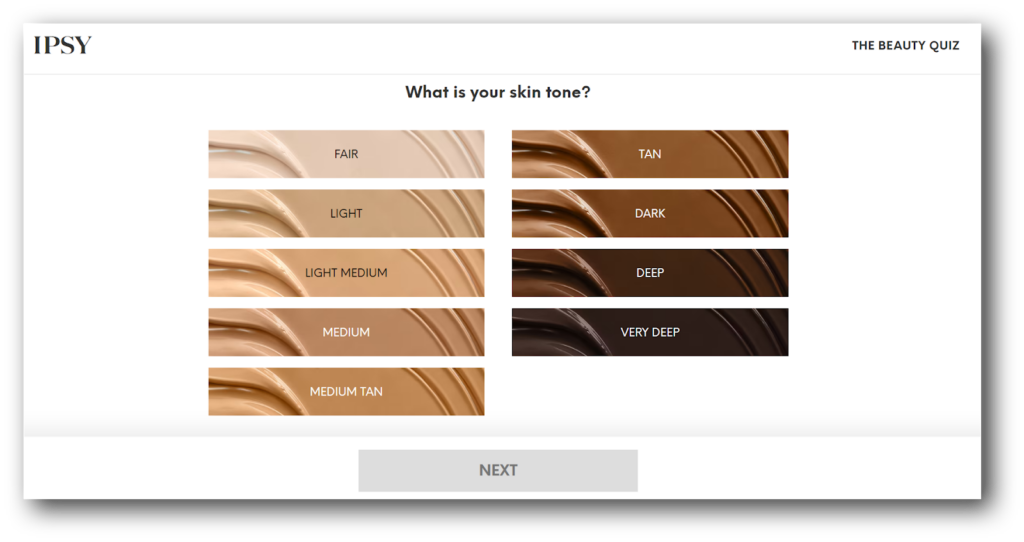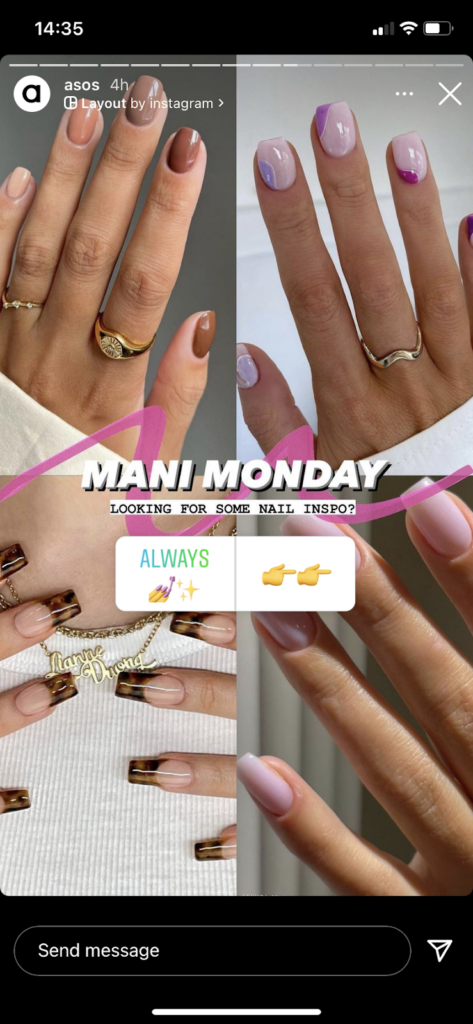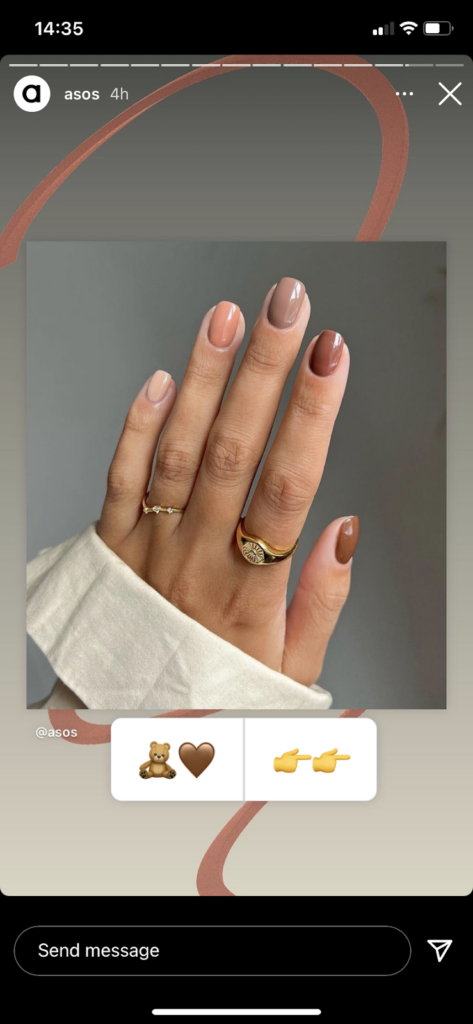The Easiest Ways to Collect Zero-Party Data (With Examples)
Zero-party data is becoming increasingly important as brands drop third-party cookies. Here’s how to start collecting zero-party data today.

Zero-party data is becoming increasingly important as brands drop third-party cookies. Here’s how to start collecting zero-party data today.

The end of third-party data is nigh. And that means no more cookies.
I don’t mean the buttery, chocolatey kind. I mean the data gathering type, used to collect information from customers going about their daily internet browsing.
From 2023 on, Google Chrome will no longer support cookies. Those who used to rely on this data collection strategy will have to look elsewhere. And the most obvious alternative for marketers is zero-party data.
For those making the transition from third-party cookies to zero-party data, I’m going to walk you through everything you need to know about how to collect zero-party data and how to use it once you have it.
TABLE OF CONTENTS
Customers are increasingly concerned about how their data is being used. In fact, 81% of consumers believe they have little to no control over their data once companies have it.
This is because most people sign up to have their data collected without knowing it, as in companies who share out consumer data. Thankfully, there’s a better way.
Zero-party data — a term first coined by Forrester in 2018 — is the opposite way to collect data. It’s data that consumers have willingly provided.
There are a lot of ways to collect these details (which I’ll get into shortly), but the key is that you are collecting data from the source with permission.
For example, if you add a product quiz to your site or a poll on social media, you are able to gather insights on your audience that can help you make business decisions.
Because zero-party data is information your customer wants you to know, it’s highly valuable. Instead of inferring information based on their online behavior, you have full insight into what your customers want without being invasive.
The clear advantage of zero-party data is its accuracy. When consumers want to hear from their favorite brands, they share information directly with them. There’s no data or insights to be interpreted incorrectly, as you’re gaining your information from the customer directly.
Let’s take a look at some of the other reasons zero-party data is receiving more attention.
Given that customers willingly hand over their information, you don’t need to pay for any additional services as you would with second or third-party data.
In fact, you can gather zero-party data with a tool that’s as quick and easy to set up as a web form.
Even the most internet-savvy consumers worry that businesses don’t take their privacy seriously. As a company, you need to gain the trust of your audience by putting their data to good use.
If a customer has handed over information to your company, you should be sending them relevant, valuable information and offers to show that they have shared their data with you for a good reason.
Thanks to the fact that zero-party data is data that you collect directly from consumers with their knowledge, you can say goodbye to data compliance worries. You know exactly where your information has come from and how you got it, and your audience handed it over with their consent.
With a secure source and collection manner, there’s little to no risk of violating the California Consumer Privacy Act (CCPA) or General Data Protection Regulation (GDPR).
As marketing technology has advanced, customers have come to expect personalized experiences. 76% of consumers get irritated with brands that don’t provide personalized experiences. The point is, personalization pays.
With a combination of insights, zero-party data is invaluable to understanding audience behavior and building campaigns that play into the needs and wants of consumers.
You can collect zero-party data in a variety of ways. From social media to website registration, let’s take a look at some of the methods brands are already using.
Help your customers find exactly what they’re looking for (and snag some useful data about your customers’ preferences ) by creating a quiz to match website visitors with their ideal product or service.
Quizzes have a few significant benefits to both you and the customer.
This is something beauty brand Ipsy does well. Upon taking the quiz from their homepage, you get a curated list of products you’re likely to receive (and love) in each month’s box.

The brand, in turn, knows which products are hot right now, basic information about their customers’ demographics and wants, and how many people are engaging immediately on visiting their site.
This is a similar technique to quizzes but with less work for both you and your audience.
If you’re just looking to get a fast snapshot of what each customer is looking for on your site, create a pop-up with one easy question (like, “What are you looking for today?”) along with a few multiple-choice answers based on the products you offer.
This gives customers a personal touch as they start browsing and helps you figure out why they’re coming to you.
One of the most effective ways to understand your audience and personalize their experience is by encouraging registration.
This is common practice for apps, which often require registration after download. However, you can also put this to work on your website.
Ask visitors to create an account and fill out information like their names, email addresses and phone numbers, demographic information, clothing size, and anything else you’d like to know.
POP Fit is an excellent example of this kind of data collection. They have my clothing sizes, style preferences, location and more, and I was only too happy to give it to them because they use it to send me my dream leggings every month.
The best thing about social media marketing is that your audience doesn’t need to visit your site to share information about their preferences.
Make use of tools such as Instagram Polls to find out information about your followers.
Collecting data through social media offers invaluable insight into what your audience likes and dislikes without being intrusive.
International online retailer ASOS asks its audience to vote through polls each week. For the audience, it’s a fun way to vote on their preferences. For ASOS, they can make purchasing decisions based on what is and isn’t popular.


Put your contact list to good use and reach out via SMS. With a 98% open rate, SMS is one of the most reliable ways to reach an audience, which makes it the ideal tool for gathering data.
Measuring and improving effectiveness should be a priority for any service provider. The best way to measure it is by finding out through your customers and evolving based on their responses.
SoGal is a nonprofit using SMS to do just this. To better understand membership satisfaction, the nonprofit’s founder sends out a survey text after each event to ask members how they found it.
The feedback can then be used to adapt programs and provide a service more in line with what members are looking for.
So, now you’ve got oodles of helpful zero-party data on your hands. How can you best put it to use in your business?
Anyone can include a customer’s surface details in their messaging, but if you want to go a layer deeper and give your customers an ongoing personalized experience, you’ll need thorough customer profiles.
Beyond basic details, a customer profile can give you information like each customer’s past purchases, product likes and dislikes, how much they’ve spent on your site, engagement with messages and ads, and other important information.
You can use this data to recommend products they’re sure to love, decide what content they should see, and get to know them in a way that will keep them around in the long term.
On average, Americans see between 4,000 and 10,000 ads daily. So, if you show your customers ads or other content, you need to be sure they’ll want to see it.
All that means is using the data you’ve collected to show customers content relevant to their location, previous purchases, or items they’ve said they’re interested in. This will help you put your precious ad dollars to good use and see improved engagement.
As I mentioned earlier, knowing what your customers do and don’t buy or browse from your stock will help guide your future product offerings.
Thinking about launching a new product next season? Poll your audience to ask what they’d like to see or get initial reactions.
You can also gather ratings or purchase frequency numbers from your existing catalog to figure out what’s already working and what customers might buy more of.
Texts are an inherently personal way to communicate, and you can double down on that by using the data you gather to make your text flows feel personalized to each customer.
The easiest way to personalize texts is to use custom fields and segments. Custom fields allow you to automatically input any piece of contact data you desire, and audience segments are simply groups of contacts with something in common, like their location or product preferences.
Using custom fields, you can address your contacts directly, and segments mean contacts never get a message that isn’t relevant to them (making them less likely to unsubscribe).
We live in a pretty unpredictable world of data, and your customers may just find your dedication to simply asking what they want refreshing.
In doing so, you’ll save money and build longer-lasting relationships with your customers.
Alice is a copywriter at SimpleTexting. When not teaching the world about the benefits of business texting, you can find her feeding family, friends and strangers with her latest baking experiment.
More Posts from Alice DoddWant to send more targeted messages that result in more sales? Read on for a quick guide to the most common types of retail customers and how to interact with them.
ReadLearn how to put the speed and efficiency of B2B text messaging to work in your marketing strategy.
ReadStart a text marketing campaign or have a 1-on-1 conversation today. It's risk free. Sign up for a free 14-day trial today to see SimpleTexting in action.
No credit card required